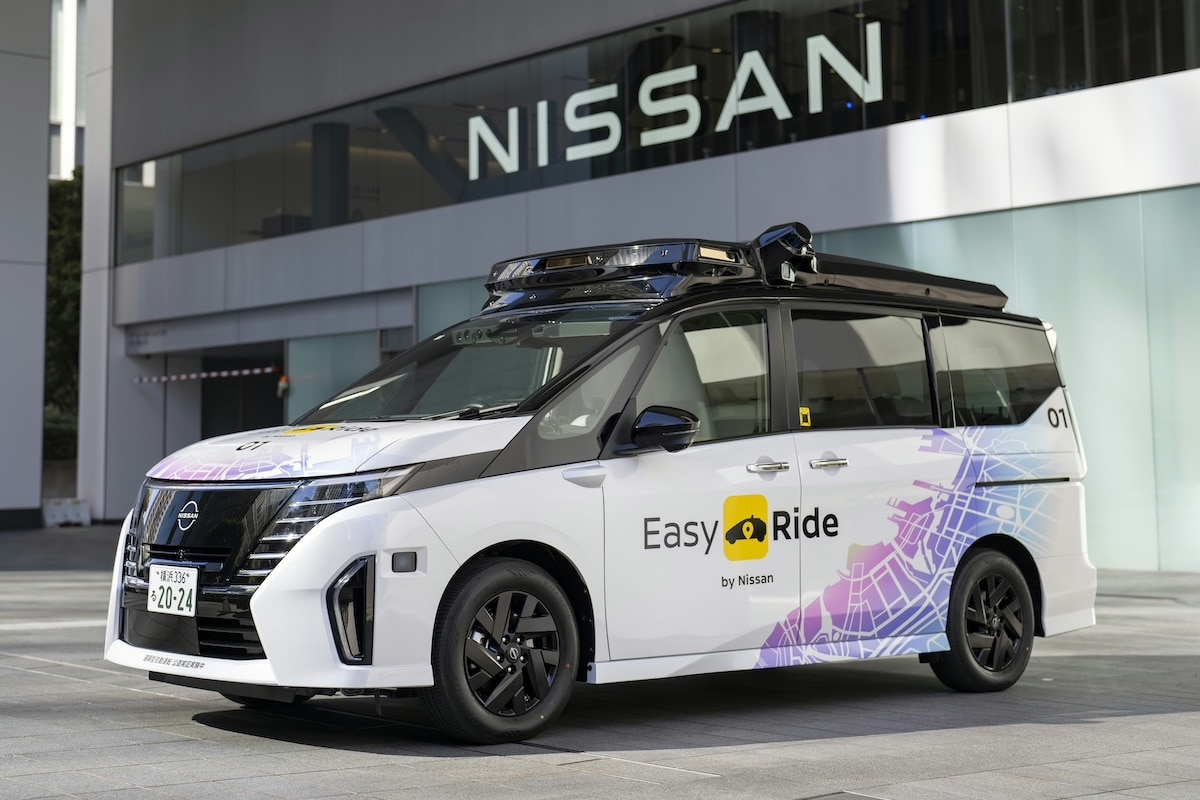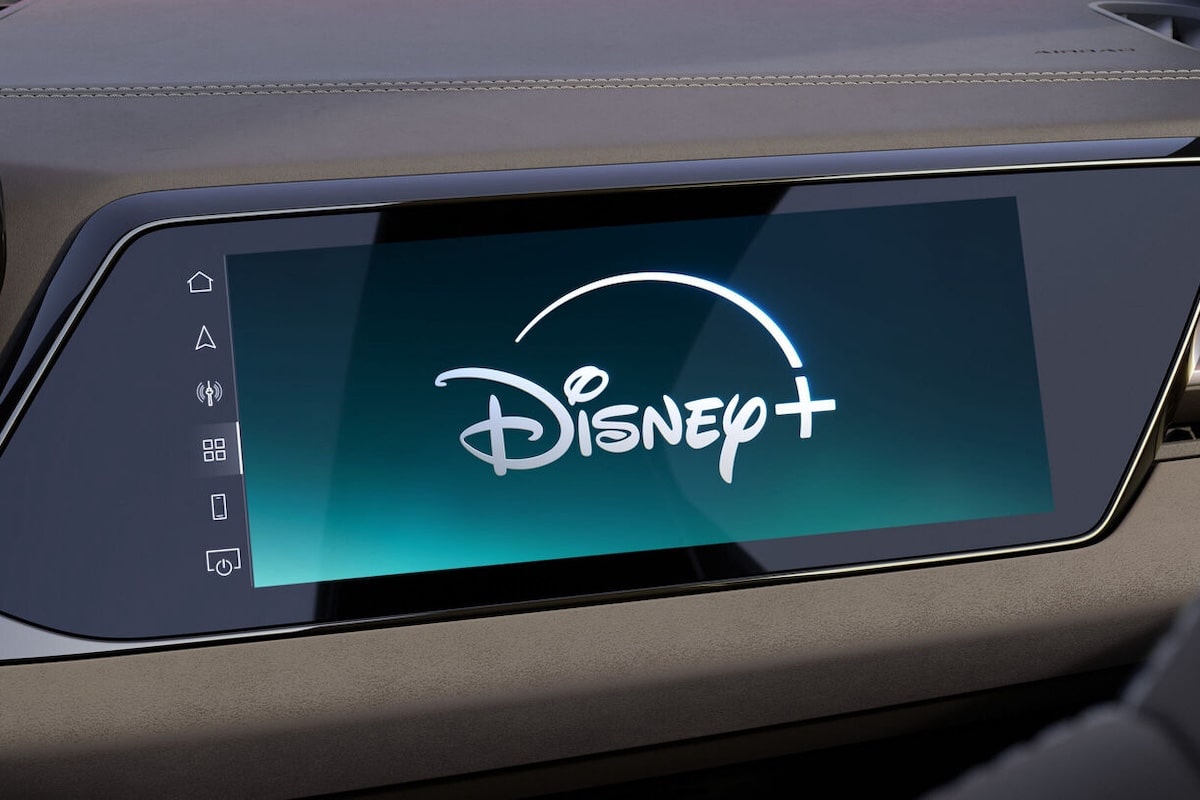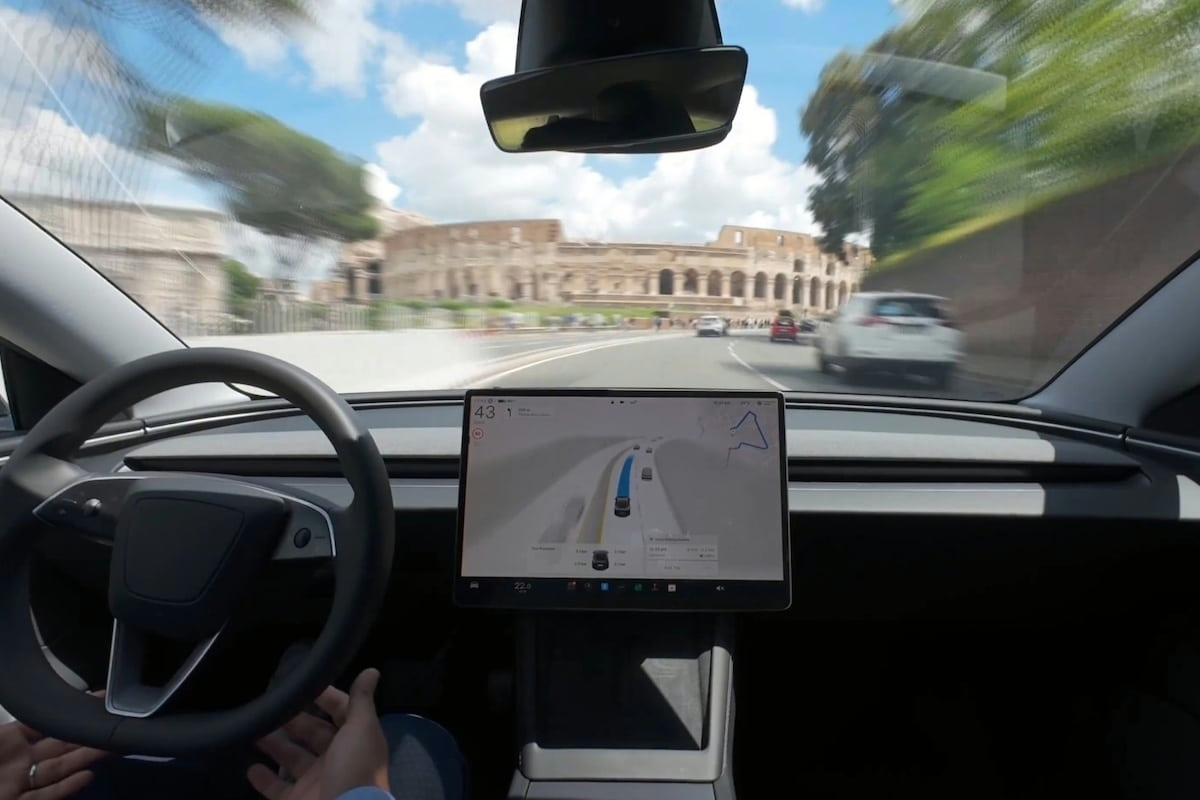Nissan, Tesla, and Google in Japan

Nissan showcased its latest autonomous driving technology in Yokohama, in a complex urban environment.
For the first time in Japan, a driverless autonomous test vehicle with no human support operated on a public road under real traffic conditions. This innovation is part of Nissan’s development of an autonomous mobility service that the company plans to launch in the country.
The goal is to address specific transportation issues in Japan, such as the driver shortage caused by an aging population. Nissan is betting on this technology to offer a range of services that make mobility more accessible.


To ensure the safety and efficiency of this technology across various road environments, Nissan leverages advancements from its research in Japan, the Nissan Advanced Technology Center located in Silicon Valley, and the UK-based evolvAD project. The test vehicles are based on the Nissan Serena, the best-selling minivan in Japan. Nissan is thus taking a different approach from Tesla by offering a 7-seater minivan, while the Robotaxi only accommodates two passengers. These vehicles are equipped with no fewer than 14 cameras, 9 radars, and 6 LiDAR sensors. The integration of roof-mounted sensors improves detection thanks to increased height, providing a more precise perception of the environment. Their sleek, futuristic look, with seamless integration, is worth noting. Artificial intelligence plays a key role in optimizing recognition, behavioral prediction, and decision-making, ensuring smooth driving in complex situations. Nissan has also implemented emergency braking systems and redundancy measures to enhance safety.
In 2025-2026, the company plans to deploy around 20 vehicles for real-world testing in Yokohama before a commercial launch in 2027, with remote supervision and partnerships with local authorities and transportation operators.
This milestone gives Nissan a notable boost by surpassing Tesla’s FSD and Google’s Waymo technology on its own turf. A symbolic small victory that feels good, even though the American giants retain a significant lead due to years of investment and research in autonomous vehicle technology.
ALSO READ: When Waymo robotaxis become the kings of traffic violations!
This page is translated from the original post "Nissan grille Tesla et Google au Japon" in French.
We also suggestthese articles:
Also read






